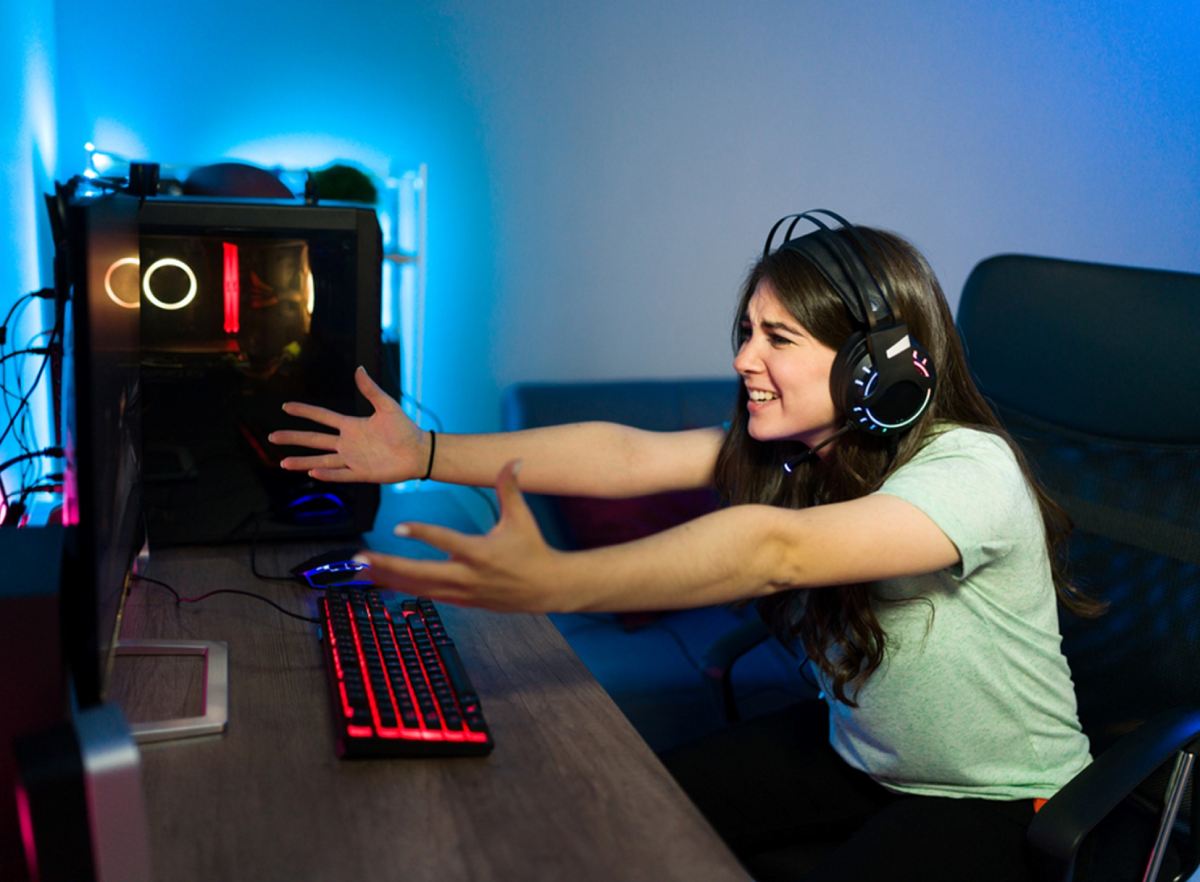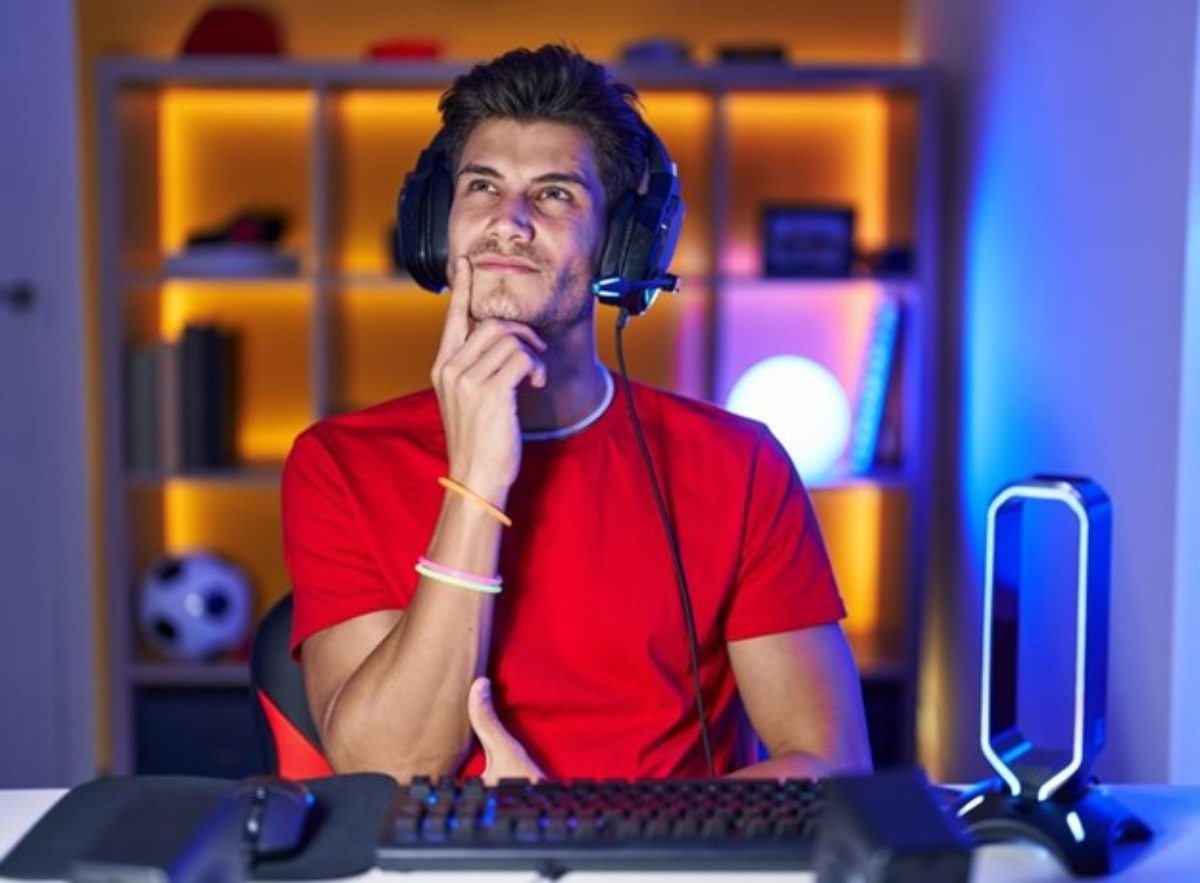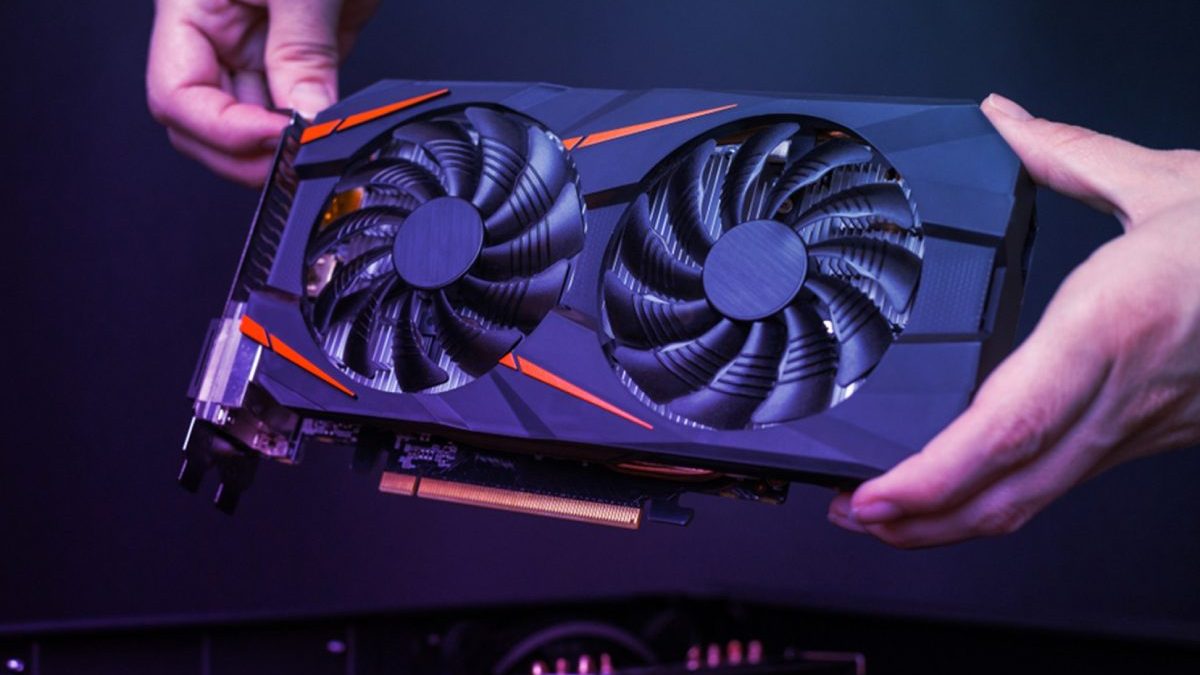Your graphics card (GPU) is fundamental to your gaming or professional setup, but even the best hardware can encounter problems. From visual artifacts to poor performance, knowing how to diagnose and troubleshoot these issues is crucial for maintaining optimal functionality for your GPU. Addressing common GPU problems promptly ensures your system runs smoothly and efficiently, helping you avoid interruptions and costly repairs. This guide explores 10 common GPU problems and provides practical steps to resolve them, keeping your hardware in top condition.
Table of Contents
Toggle1. Visual Artifacts
What it is: Strange colored squares, lines, or flickering elements appearing on the screen.
Why it happens: It is often caused by overclocking, driver issues, power supply problems, or overheating. In some cases, it can indicate physical damage to the GPU.
Troubleshooting steps:
- Disable any GPU overclocks
- Reinstall graphics drivers
- Check GPU temperatures and improve cooling if necessary
- Inspect the card for physical damage or loose connections
- Try a different power supply if available
2. Poor Performance
What it is: Lower frame rates or inability to support expected resolution and detail settings.
Why it happens: Outdated drivers, overheating, insufficient GPU power for the task, or software conflicts.
Troubleshooting steps:
- Update graphics drivers to the latest version
- Monitor GPU temperatures and improve cooling if needed
- Verify if your GPU meets the requirements for your applications
- Consider overclocking (if temperatures allow) or upgrading the GPU
3. System Crashes and Failure to Reboot
What it is: The computer suddenly shuts down during GPU-intensive tasks and may not restart properly.
Why it happens: Critical GPU failure, often due to overheating, power issues, or hardware malfunction.
Troubleshooting steps:
- Check motherboard error codes (if available)
- Test the GPU in another system if possible
- Inspect the GPU for physical damage
- Ensure proper power connections and adequate PSU wattage

4. Overheating
What it is: GPU operating at temperatures above safe limits.
Why it happens: Poor airflow, dust accumulation, failing fans, or inadequate thermal paste application.
Troubleshooting steps:
- Clean dust from the GPU and case
- Ensure proper case airflow
- Check and replace GPU fans if necessary
- Reapply thermal paste if experienced in PC maintenance
5. Driver Issues
What it is: Instability, crashes, or performance problems related to GPU software.
Why it happens: Corrupted installations, outdated drivers, or incompatibility with system updates.
Troubleshooting steps:
- Uninstall current drivers using DDU (Display Driver Uninstaller)
- Download and install the latest official drivers
- If issues persist, try rolling back to a previous stable version
6. Incompatibility with Games or Applications
What it is: Specific software fails to run or performs poorly with your GPU.
Why it happens: Outdated GPU, lack of feature support, or software optimization issues.
Troubleshooting steps:
- Verify that your GPU meets the software’s minimum requirements
- Update both GPU drivers and the problematic software
- Check for known issues or patches for the specific application
7. Abnormal Fan Noise or Behavior
What it is: GPU fans produce excessive noise or not spinning correctly.
Why it happens: Failing bearings, obstructions, or control issues.
Troubleshooting steps:
- Clean the GPU and fans thoroughly
- Check for objects obstructing fan movement
- Update GPU drivers and fan control software
- Consider replacing the fans if the issue persists
8. Display Connection Problems
What it is: No signal to the monitor or intermittent display issues.
Why it happens: Loose connections, cable faults, or GPU output problems.
Troubleshooting steps:
- Check and reseat all display cables
- Try different ports on both the GPU and monitor
- Test with another known working cable or monitor
- Verify that the correct input is selected on the monitor
9. Power-Related Issues
What it is: GPU not receiving adequate power, leading to instability or failure to function.
Why it happens: Insufficient power supply wattage, faulty PSU, or improper power connections.
Troubleshooting steps:
- Ensure all power connectors are properly seated
- Verify that your PSU meets the GPU’s power requirements
- Test with a known working PSU of adequate wattage
- Check for any visible damage to power cables or connectors
10. Physical Damage
What it is: Visible harm to the GPU’s PCB, components, or cooling system.
Why it happens: Mishandling, accidents, or manufacturing defects.
Troubleshooting steps:
- Carefully inspect the GPU for any signs of damage
- Check for loose or missing components
- If under warranty, contact the manufacturer for support
- Consider professional repair or replacement if out of warranty
Why Addressing GPU Problems Is Important
Resolving GPU issues is essential for maintaining system stability, performance, and longevity.
By promptly addressing GPU problems, you can ensure optimal performance, prevent further damage, and extend the life of the graphics card and overall system. Regular maintenance and monitoring can help catch issues early, saving time and money in the long run
Ignoring these problems can lead to:
- Reduced gaming and work productivity
- Potential damage to other system components
- Data loss due to unexpected crashes
- Shortened lifespan of the GPU and related hardware
- Increased energy consumption and heat generation
When to Consider Upgrading or Replacing Your GPU
Before deciding to upgrade, ensure that the GPU is the problem’s source and not another component. Sometimes, issues can stem from the GPU vs. CPU bottleneck, slow HDD/SSD performance, or poor airflow within the PC case. Conduct comprehensive diagnostics to rule out these possibilities and confirm that the GPU is the primary culprit.
However, if other components are not the problem and troubleshooting steps fail to resolve persistent issues, consider upgrading or replacing your GPU. Continuous poor performance, frequent system crashes, or persistent overheating are strong indicators that your current GPU is no longer sufficient. Additionally, upgrading to a newer model can enhance your system’s capabilities if your GPU lacks support for modern games and applications.

Another sign to upgrade is if your current GPU consistently fails to meet the requirements of the latest software or games, causing frequent compatibility issues. Even if the GPU still functions, an upgrade can provide substantial benefits if it limits your ability to enjoy new features or maintain productivity. Regularly monitoring technological advancements can help you determine when your GPU has become outdated.
Lastly, consider the cost of repairs versus a new GPU. If repair costs are high or the GPU is out of warranty, replacing it might be more cost-effective. Investing in a new GPU can offer improved performance, energy efficiency, and a longer lifespan, ensuring your system remains competitive and capable.
Stay Ahead of GPU Issues
Proactively managing and resolving GPU problems is vital for your system’s longevity and performance. You can ensure your GPU remains reliable and efficient by addressing issues like overheating, driver conflicts, and power-related problems. Regular maintenance and timely upgrades prevent small issues from becoming major headaches, saving you time and money in the long run. Whether you’re a gamer, a professional, or a casual user, staying ahead of GPU issues will enhance your computing experience and keep your system running at its best.
Related posts
Hot Topics
What is Kafka Used For: A Complete Guide
What is Kafka used for? If you’ve been diving into the world of distributed systems, microservices, or data streaming, you’ve…
How Do Password Managers Work? The Guide That Finally Makes Sense
Ever wonder how do password managers work and whether they’re actually safe? I get it. The idea of putting all…



